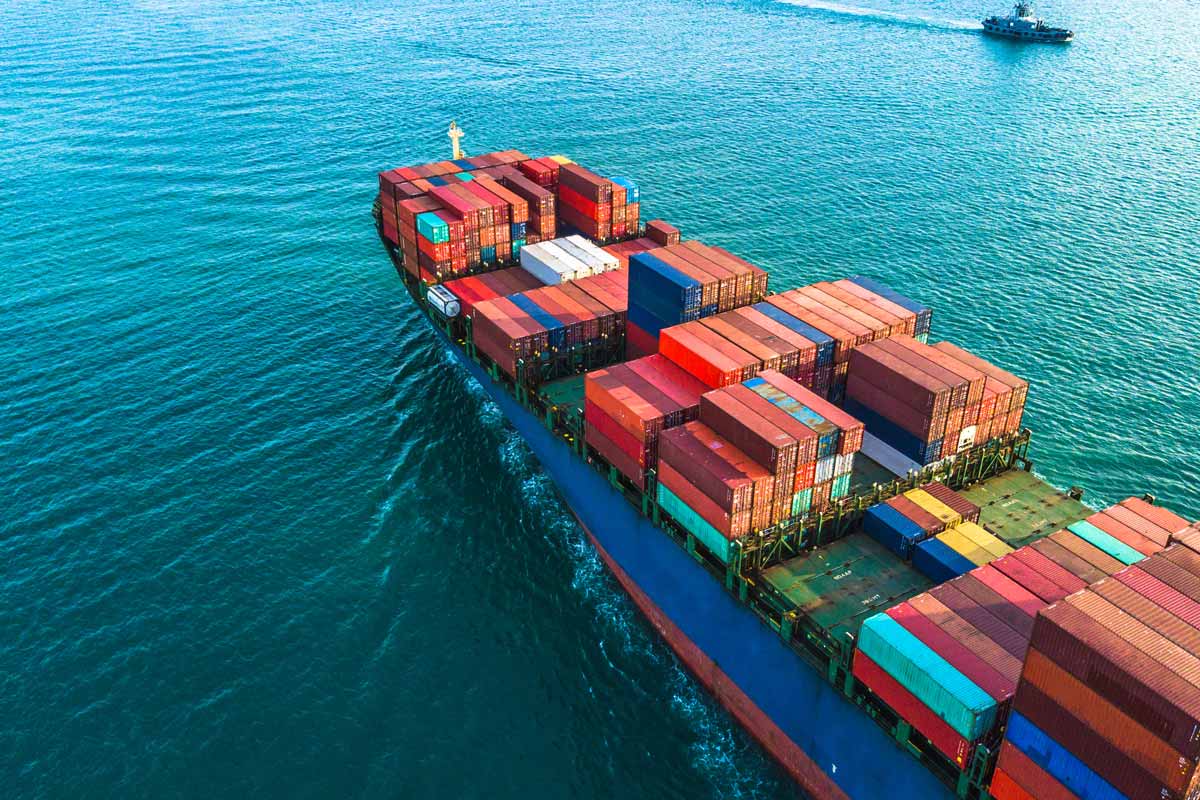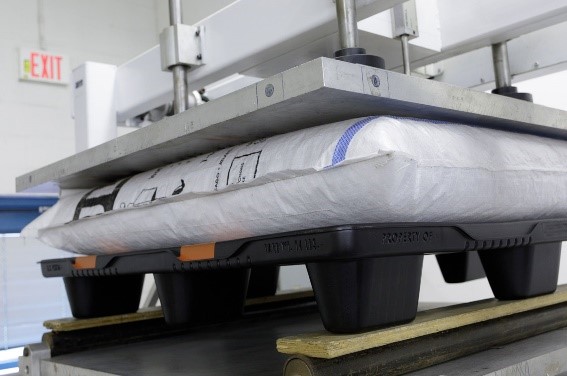With a multitude of shipping solutions in the market today choosing the right pallet for your product is imperative. Factors that go into such a decision include load capability, material, recyclable nature, and of course dynamic capacity.

DYNAMIC LOAD CAPACITY
Dynamic load capacity is the weight that a pallet can hold while in motion. Unlike it’s sister measurement, static capacity which is the weight a pallet can hold while still, this is difficult to test for because of the virtually unlimited amount of variables that one must take into account when testing for dynamic capacity. Variables that hinder the testing of this measurement can be the temperature of a space, what the product on the pallet is, how the product is stacked, what material is used for the wrap on the pallet, what kind of device is being used to move the pallet, the speed at which the pallet is being moved, and many more.
Due to these infinite variables that change from warehouse to warehouse, calculating the dynamic load capacity of any given pallet so that it is both factual and accurate for a multitude of customers is impossible. For that reason, there are no standards in the industry for calculating this measurement. Here at TriEnda we test in house as well as referring to third party testing facilities to assure that our measurements are accurate, unfortunately some organizations put out dynamic capacity ratings for their products that are not representative of the pallet’s actual load capacity.
CALCULATING THE DYNAMIC LOAD CAPACITY
Organizations that promise a dynamic load capacity for customers across the board are often not taking the multitude of variables discussed above into account. For instance, if a pallet supplier were to assure a customer that their pallet could handle 2,000 pounds while in motion that seems straight forward. However, with a deeper delve into their testing procedures you find that they have tested with sandbags, stacked in a brick formation, and moved with a forklift. You are moving a liquid product on this pallet, stacked in a column formation, and yours is moved on a conveyer belt. This means that the dynamic capacity they assured you the pallet could withstand isn’t accurate for your uses.
This doesn’t mean that a specific pallet couldn’t work for you though, if you are interested in the actual dynamic capacity for a pallet you already own or use look into the organization’s testing procedures. An organization that tests for dynamic capacity should have documented testing procedures that you can easily access to compare your product, movement method, warehouse, etc. with the ones that they used in the testing process. If the organization doesn’t have those materials on hand, use caution going forward and investigate a pallet manufacturer/supplier that is ready to discuss dynamic capacity for your specific uses.
While the dynamic capacity of our pallets is acceptable for the vast majority of uses, TriEnda has a team of engineers that are always ready for a challenge. Custom solutions are some of our favorite projects and we take pride in our work. This means that our engineering team can do a finite element analysis on any pallet to be sure that it will hold up to your uses. With both in house testing by our engineering and quality personnel and third-party testing facilities to verify our findings, TriEnda commits to supplying each customer with the product that works best for them.
In a market with so many options and so much on the line, knowing the dynamic capacity of your pallet is crucial. Whether your next step is verifying your pallet supplier’s testing procedures, looking into a new manufacturer, or working with our team here at TriEnda to create a custom packaging solution, knowing your pallet’s features can be the difference between a make or break situation.
